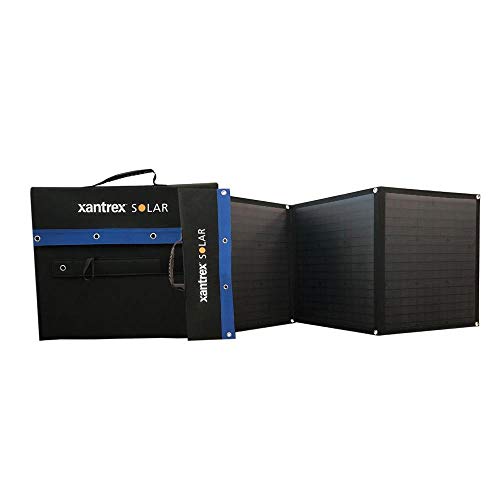I typically just turn my cushion bed on its side to allow for air circulation after a nights sleep. Keeps the mold at bay.
Lately I've grown tired of that and went looking for something cheap that is ideally a plastic mesh designed for mattress ventilation or a good substitute.
Unfortunately what is available for a single size bed has a starting price of $50. I'd usually buy it, but ..
Found some of these at amyzone....
These are in the price range for my budget. 0.55" thick and interlock. These should work fine without drilling any vent holes under the mattress.
Note: I have avoided drilling for venting because the plywood sheet under my bed is also the top of the drawers under the bed. When the drawers are closed they are sealed on all sides which keeps any small critters out of my clothing and bedding, etc. that is kept in the drawers. So, back to the venting options.
Anyone else have a suggestion that does not include a drill?
Lately I've grown tired of that and went looking for something cheap that is ideally a plastic mesh designed for mattress ventilation or a good substitute.
Unfortunately what is available for a single size bed has a starting price of $50. I'd usually buy it, but ..
Found some of these at amyzone....
12Pcs Drainage Interlocking Floor Tiles 11.8" x 11.8", Modular Interlocking Cushion Soft PVC Floor Non-Slip Splicing Waterproof Mat, $28.00
Just copy/paste the bold text in amyzone to see the product.These are in the price range for my budget. 0.55" thick and interlock. These should work fine without drilling any vent holes under the mattress.
Note: I have avoided drilling for venting because the plywood sheet under my bed is also the top of the drawers under the bed. When the drawers are closed they are sealed on all sides which keeps any small critters out of my clothing and bedding, etc. that is kept in the drawers. So, back to the venting options.
Anyone else have a suggestion that does not include a drill?



































































